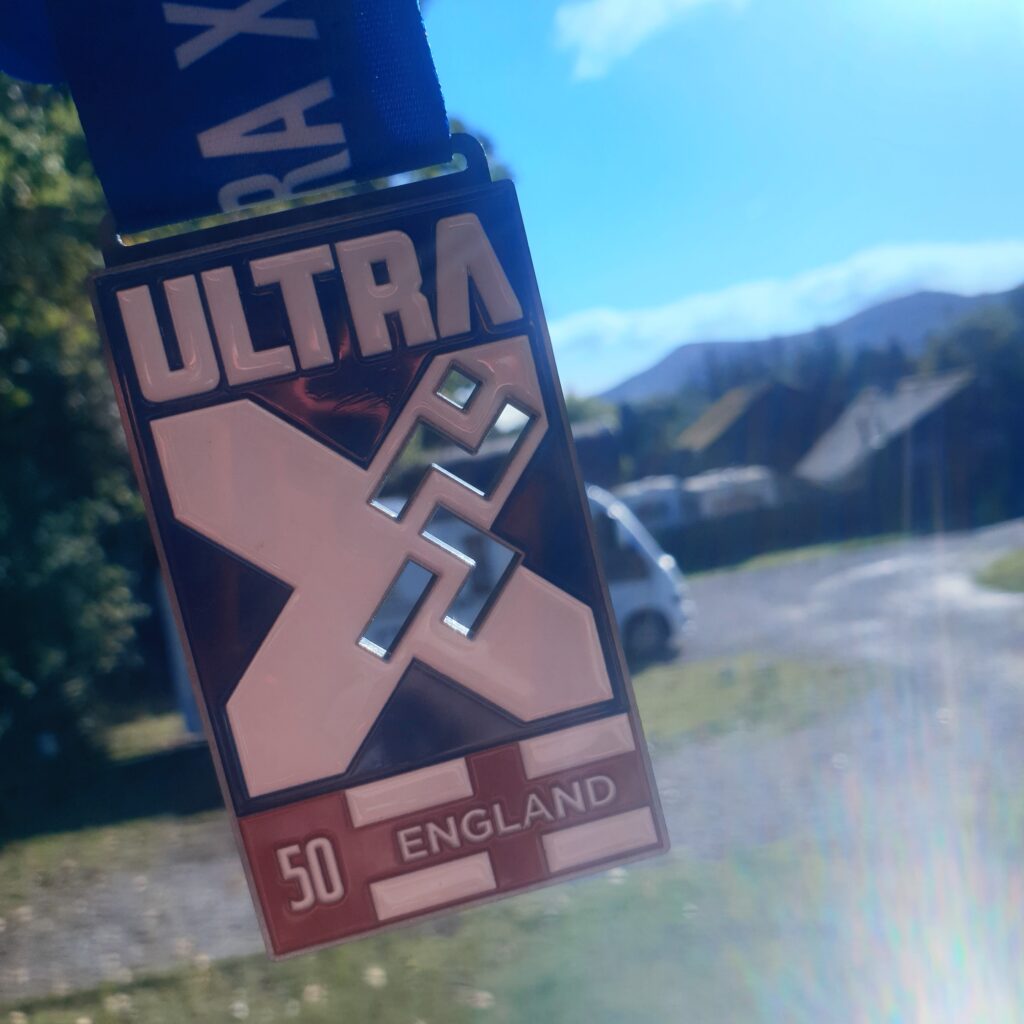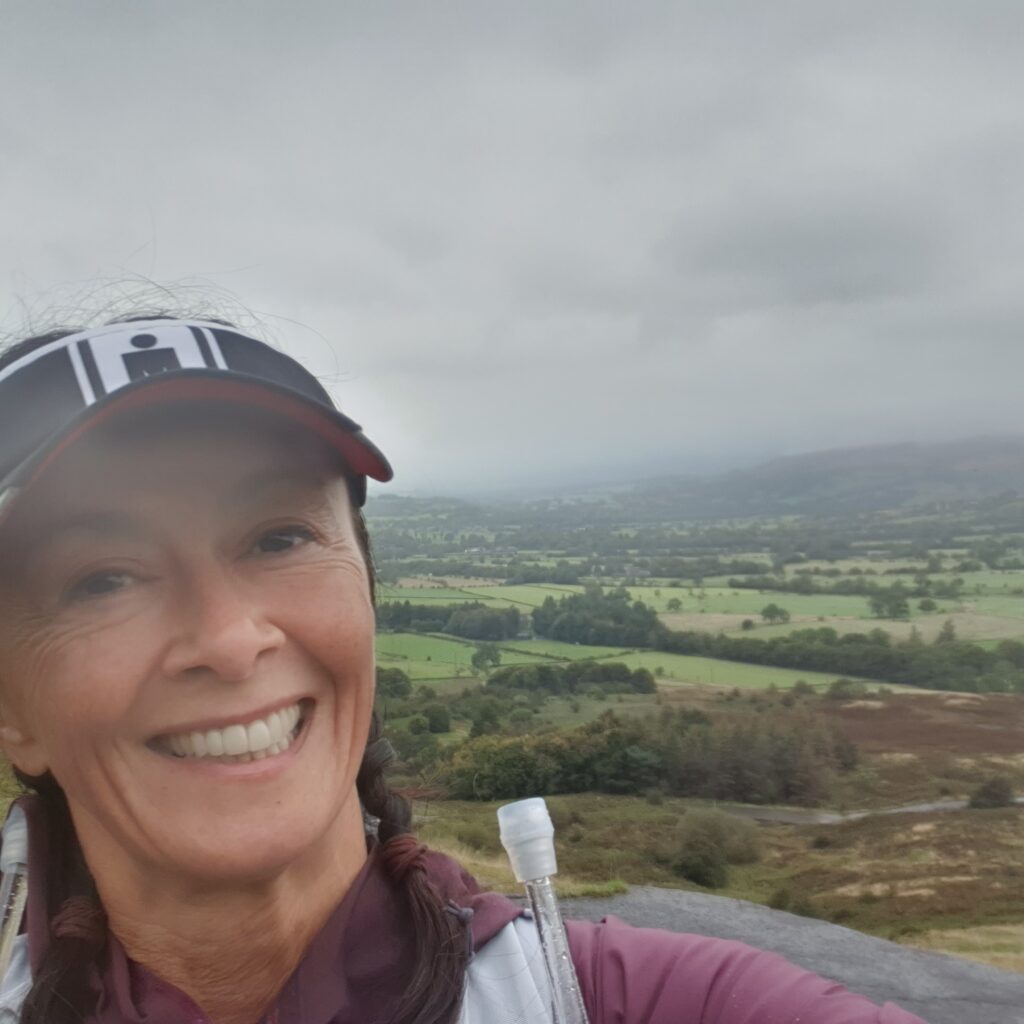Mistakes, Wins, and What I’d Do Differently
“You’ve got to be f**ing kidding me.” That was my exact reaction when the final climb, nine hours in, loomed out of the darkness – and it made a sheep jump. Not my proudest moment, but definitely one I now laugh at.
The Build-Up
Last September I completed my first Ultra X 50K in the Peak District. At 54, I’m not the fastest, and I didn’t start running until my late 30s with my Vizsla, Spike, by my side and it was the biggest goal I’d ever set.
However, this wasn’t just a race; it was the end of a year-long journey of training, self-doubt, and a lot of walks disguised as runs. My longest distance before race day had been 30km. At this time this felt reasonable, after all what’s another 20km between friends? How much I’ve learnt now.
Race Day Conditions
The Peak District lived up to its reputation: wet, windy, and dramatic. I set off with poles in hand, my strategy was to walk the hills and run the flats and descents. That plan worked – until around kilometre 10, when my knee injury flared up. It had been a bit twingy in training, to be honest, I thought it would be OK on the day. That was before the full force of steeply stepped hills had ground my joints down. By halfway, I was seriously questioning everything.
The Mental Game
Every aid station felt like a chance to quit, despite the incredible support staff and physio’s doing their best to relieve the pain. But I didn’t – there was just one wobble when I grabbed the car keys and turned around. But something inside me turned me back and I kept going – slowly and stubbornly. It took me 11 hours to reach the finish line. In the dark. Sore, soaked, and not even close to my time goal – but within the cut-off time, just about.
At the time, I felt so disappointed with my result. But six months later, I feel nothing but proud. I showed up. I kept moving. I found out I’m a lot tougher than I thought and I’ve met my ego and stared it right in the eye. Basically, I’m not a quitter.
What I Got Right
-
- Fuel & Hydration: This was one of my big wins. I’d practised fuelling on every training run – even the short ones – and it paid off. No bonking, no stomach issues, no sickness.
-
- Kit: Proper wet weather gear was worth every penny – plus it was also in the mandatory kit. I also sized up in trail shoes and wore toe sicks which saved my toenails.
-
- No Surprises: I stuck to the rule: nothing new on race day. Familiar snacks, layers, gear – all tested beforehand.
What I’d Change
-
- More Strength Training: My legs gave out before my heart or head did. The muscle decline us age-groupers face as we move further from our peak 30s is real. Time to hit some serious weights in the future.
-
- Longer Back-to-Back Runs: I trained consistently but didn’t simulate the fatigue of long ultras. At 54 my joints aren’t what they used to be and definitely need a longer build up.
-
- Recovery Planning: I didn’t think about how broken I’d feel after mentally, this really did catch me off guard – I didn’t expect the ‘down’.
Final Thoughts
It wasn’t graceful, it wasn’t fast, but it was mine. That finish line – damp, dark, and way past my hoped-for time taught me more than any PB ever could.
“I could have stopped. I didn’t. And that’s what I’ll remember.”

